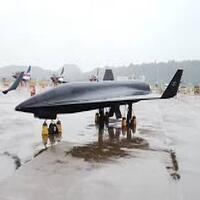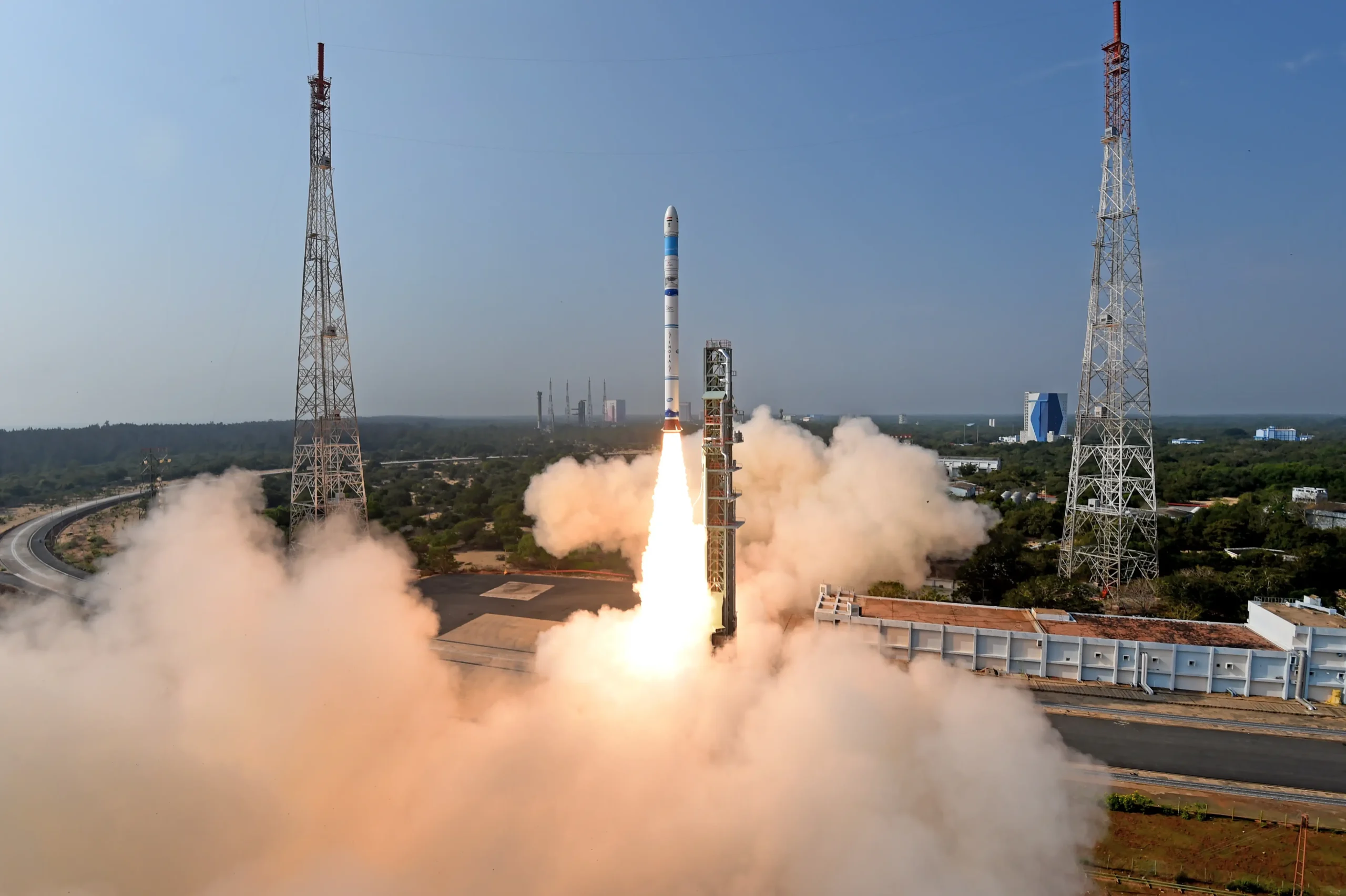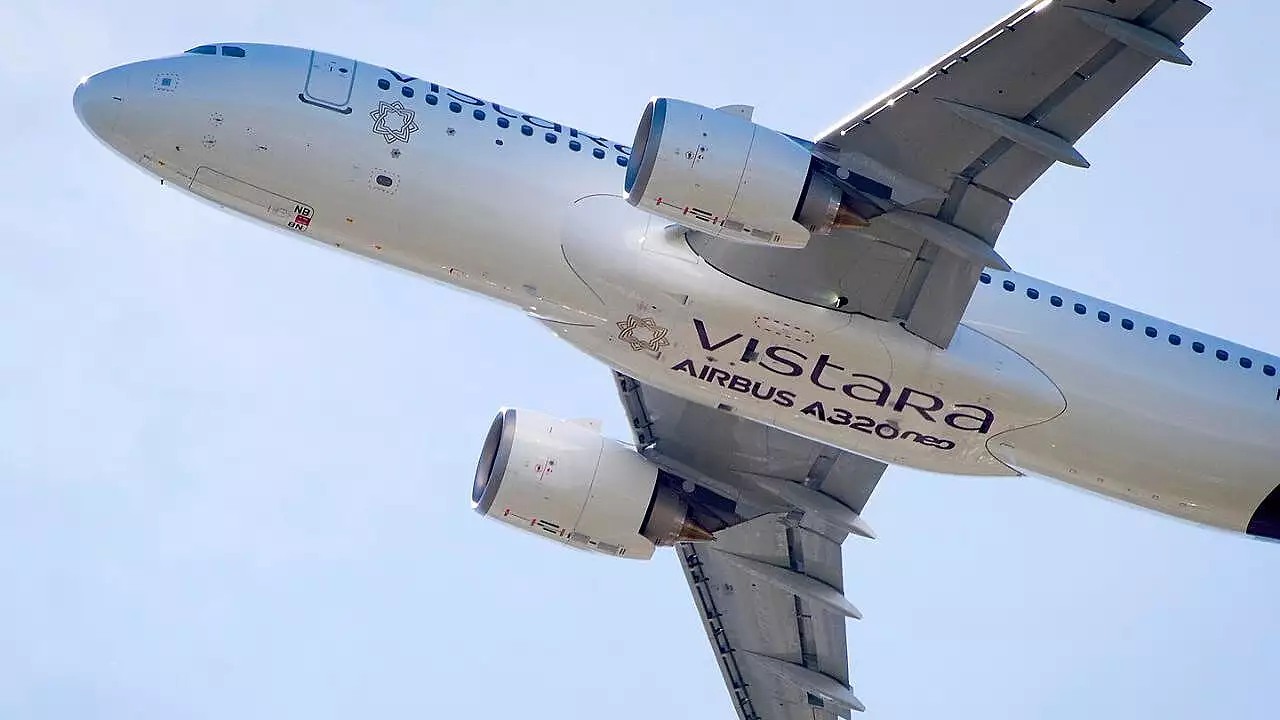
India’s Missile Types: Characteristics and Range
India has improved its defense capability by developing a broad variety of missiles. These missiles can be used for air-to-air combat, surface-to-surface attacks, anti-ship warfare, and strategic deterrent, among other missions. The main missile types that India has produced and used are listed here, arranged according to their characteristics and range.
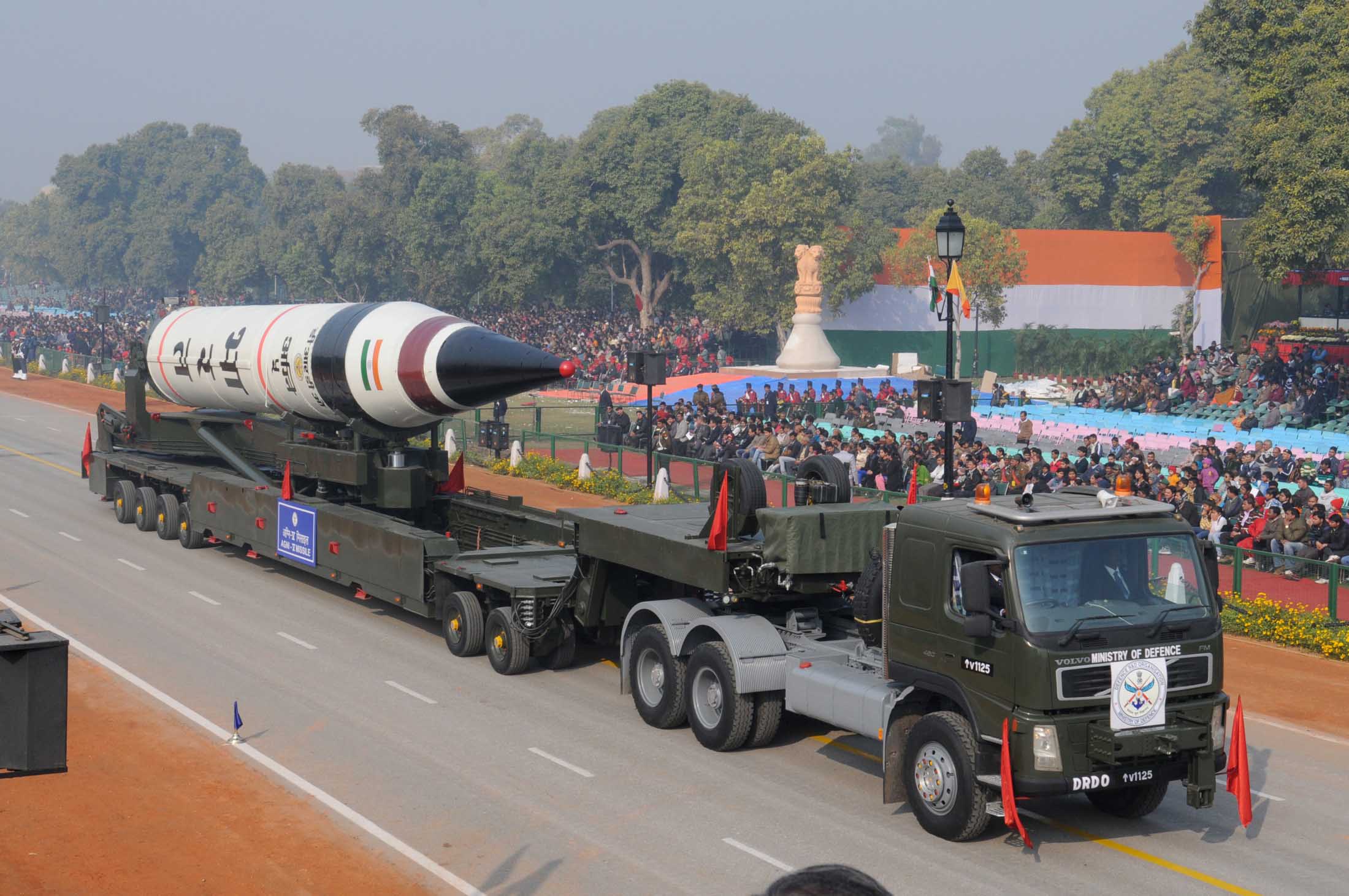
Ballistics Missiles
1. The Agni Collection
Agni-I:
Short-Range Ballistic Missile (SRBM)
-Range: 700–1,200 km
-Specifications: Solid-fueled, single-stage missile with nuclear and conventional warhead capacity. It can be launched from mobile launchers on the road or the rails and is made for rapid deployment.
Agni-II:
Features: two-stage, solid-fueled missile; type: Intermediate-Range Ballistic Missile (IRBM); range: 2,000–3,500 km. Because of its sophisticated control and navigation systems, ensuring increased precision and dependability. It has nuclear payload capacity.
Agni-III:
The Intermediate-Range Ballistic Missile (IRBM) is a two-stage, solid-fueled missile with enhanced guidance and propulsion. Its range is between 3,500 and 5,000 kilometers. It is more accurate and has a larger payload capacity, making it appropriate for strategic deterrent.
Agni-IV:
Intermediate-Range Ballistic Missile (IRBM):
-Range: 3,500–4,000 km
-Specifications: Solid-fueled, two-stage missile with improved avionics and re-entry heat shield. Reliability and accuracy are both higher than in its predecessors.
Agni-V
Specifications: Solid-fueled, three-stage missile with a range of 5,000–8,000 kilometers. Type: Intercontinental Ballistic Missile (ICBM). With its sophisticated guidance, navigation, and warhead protection systems, it can strike targets in both Asia and Europe.
Agni-P
– Specifications: Canisterized, two-stage missile with shortened launch duration. It is made with increased accuracy and dependability, high mobility, and rapid deployment in mind.
2. The Prithvi Series
Prithvi-I:
Short-Range Ballistic Missile (SRBM): Type; Range: 150-350 km; Specifications: Liquid-fueled, single-stage missile, mainly intended for Indian Army use. It is capable of carrying nuclear and other types of weapons.
Prithvi-II:
Type: Short-Range Ballistic Missile (SRBM); Range: 250–350 km; Specifications: Indian Air Force missile, single-stage, liquid-fueled. It can carry both conventional and nuclear weapons and has increased accuracy.
Prithvi III (Dhanush):
The Short-Range Ballistic Missile (SRBM) is a ship-launched derivative of the Prithvi-II, specifically intended for the Indian Navy. Its range is 600 km. It can be used to attack targets on land and in the sea from ships.
Cruise Missiles
1. BrahMos
BrahMos: Supersonic Cruise
Range: 290–500 km; Specifications: Developed in collaboration with Russia, this two-stage missile consists of a liquid-fueled ramjet and a solid-fueled booster. It is renowned for its accuracy and fast speed (Mach 2.8–3.0), and it can be launched from platforms in the air, sea, or land.
2. Nirbhay
Nirbhay
Type: Subsonic Cruise Missile
-Range: 1,000–1,500 km
-Specifications: All-weather, subsonic cruise missile with a long range and a flight path that follows the contours of the terrain. It has the ability to loiter and can carry both conventional and nuclear weapons.
SAMs, or surface-to-air missiles
1. Akash
Akash
Type: Surface-to-Air Missile (SAM) with Medium Range;
-Range: 25–30 km
-Specifications: use a rocket motor that runs on solid fuel and is capable of engaging several targets at once. It is intended to neutralize aerial threats like aircraft and helicopters and is outfitted with a phased array radar.
2. Barak-8
Barak-8
– Category: Long-Range Specifications: Surface-to-Air Missile (SAM)
-Range: 70-100 kilometers This missile, which was developed in collaboration with Israel, has active radar homing and a dual-pulse rocket motor. It has the ability to intercept several airborne threats, such as missiles, helicopters, and airplanes.
ATGMs, or Anti-Tank Guided Missiles
1. Nag
Nag:
Type: Anti-Tank Guided Missile (ATGM)
– Range: 4–7 km
– Specifications: Infrared seeker-equipped, third-generation fire-and-forget missile. It can be fired from both ground and aerial platforms and is intended to destroy contemporary tanks with cutting-edge armor.
2. HELINA (NAG launched by helicopter)
HELINA:
The ATGM is an air-launched version of the Nag missile, designed to be fired from helicopters. Its range is between 7 and 10 kilometers. It has improved guiding systems and a longer range.
Missiles fired from air to air
1. Astra
– Type: Beyond Visual Range Air-to-Air Missile (BVRAAM): Solid-fueled missile with active radar homing; range: 80–110 km. It offers a major edge in air warfare due to its great mobility and long-range ability to engage targets.
2. MICA
MICA:
Brief and Medium-Range Air-to-Air Missile Type: Dual-role missile for close-quarters fighting and battles beyond visible range; range: 500 m to 80 km. It makes use of an active radar guidance system or an infrared homing system.
Anti-Ship missiles
1. Dhanush
Dhanush
– Type: Ship-Launched Ballistic Missile
– Range: 350-600 km
– Specifications: Prithvi-II missile, modified for use as a naval weapon and intended to be fired from ships to attack land and sea targets. Nuclear and conventional warheads can be carried by it.
2. The Naval Variant of BrahMos
BrahMos, the Naval Variant:
Supersonic Cruise Missile
-Range: 290–500 km
-Specifications: Designed to be fired from land platforms, ships, and submarines. It can skim the sea at a rapid speed, making it challenging to intercept.
Anti-Submarine
SMART (Supersonic Missile Assisted Release of Torpedo)
SMART: 650 km is the range of the type of anti-submarine missile.
-Specifications: a hybrid system that combines a torpedo and a missile. To track and engage enemy submarines, the torpedo is released from its specified location after being delivered by missile to that location.
Missiles, both tactical and strategic
1. The K Series (SLBMs)
K-15 (Sagarika):
– Submarine-Launched Ballistic Missile (SLBM): solid-fueled missile with a 750 km range that is intended to be launched from nuclear-powered submarines. It strengthens India’s nuclear triad’s capacity to launch a second attack.
K–4:
– Type: Submarine-Launched Ballistic Missile (SLBM)
-Specifications:
– Range: 3,500 km
– Details: Solid fuel, intermediate-range missile. It can carry nuclear weapons and is intended for submarine launch under water.
K–5:
– Type: Submarine-Launched Ballistic Missile (SLBM)
– Range: 5,000 km
– Specifications: Currently in development, with the goal of surpassing its predecessors in terms of range and payload capacity.
Missiles with a tactical twist
1. Prahaar
Prahaar:
– Type: Tactical Ballistic Missile
– 150 km range
– Specifications: Road-mobile, solid-fueled missile system with a high degree of precision and speed of deployment. It is meant to be used in combat and is capable of carrying conventional warheads.
2. Shaurya
Shaurya
This hypersonic surface-to-surface tactical missile is solid-fueled and has a hypersonic glide phase. Its range is 700–1,900 km. It is capable of carrying both conventional and nuclear weapons and is extremely agile, making it challenging to intercept.
India has a vast and sophisticated missile arsenal with a variety of systems to meet various tactical and strategic requirements. The
The development and use of these missiles guarantees strategic deterrence and national security by greatly enhancing India’s offensive and defensive capabilities. India keeps developing and expanding its missile technology as a means of promoting both regional and international security as technology advances.
